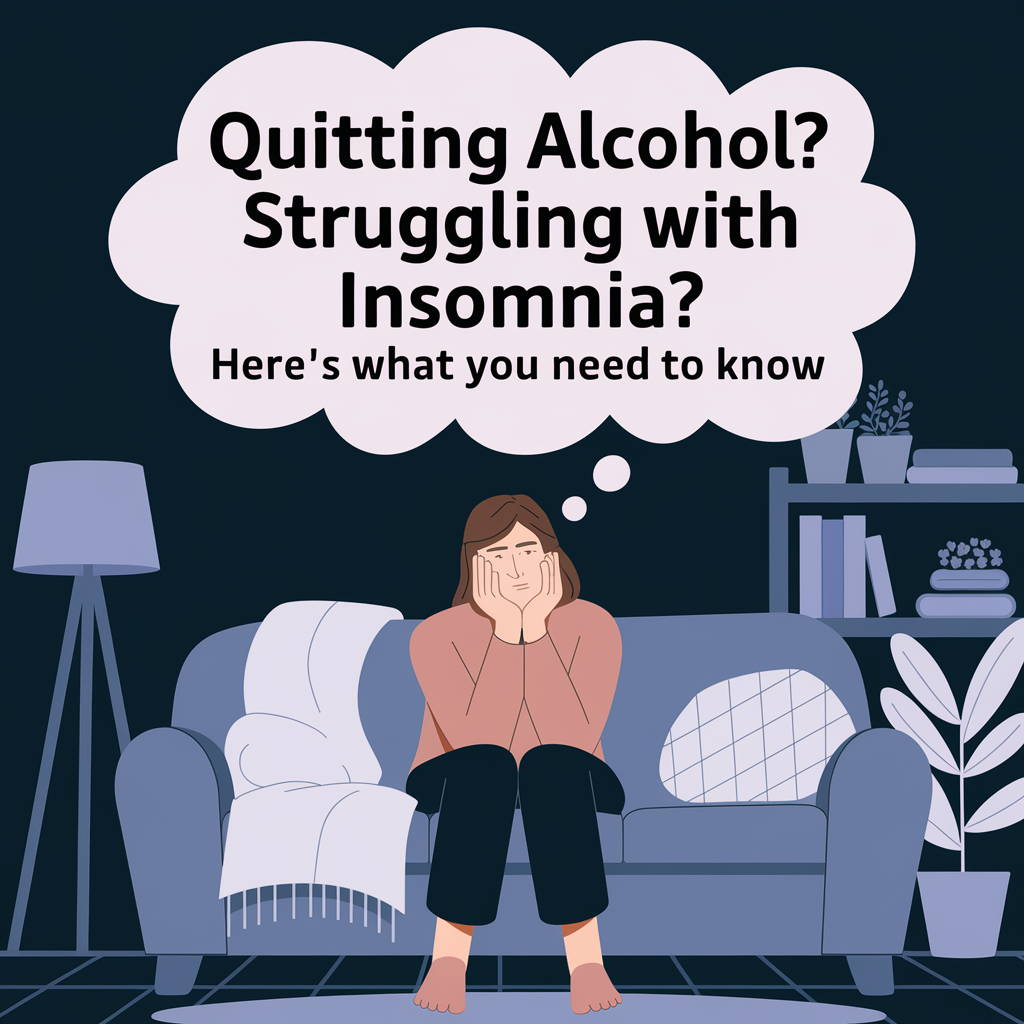
What causes sleep anxiety at night?
I didn’t even realize what I was dealing with at first. I’d lie down, close my eyes, and instead of relaxing, my thoughts would take off like a runaway train. Did I pay that bill? What if I forgot something important? What if I can’t fall asleep again? That was the loop—night after night. Turns out, I wasn’t just stressed… I was struggling with sleep anxiety at night.
For me, it started with a few nights of poor sleep during a stressful season of life. But once my brain started connecting “bedtime” with anxiety, it snowballed. Even when the stress passed, the habit of worrying at night stuck around.
Some common causes of sleep anxiety at night include:
- Overthinking and racing thoughts
- Fear of not being able to fall asleep (again)
- Work, relationship, or financial stress that builds up all day
- Too much screen time or stimulation before bed
- A bedroom environment that doesn’t feel relaxing or safe
It becomes this weird cycle: you’re anxious because you can’t sleep, and then you can’t sleep because you’re anxious. And the more it happens, the more your brain expects it. It wasn’t until I identified what was causing my bedtime stress that I could start breaking the pattern.

Why does anxiety get worse at bedtime?
There’s something about the stillness of night that makes everything louder. During the day, we’ve got distractions—work, errands, people to talk to. But when the house is quiet and the lights go out, it’s just you and your thoughts. That’s when sleep anxiety at night really shows up.
Here’s what I’ve noticed about why it always hits hardest before bed:
1. The silence gives your brain space to spiral
When there’s nothing else to focus on, your mind starts rehashing every awkward conversation, missed task, or possible future disaster.
2. Your nervous system is still revved up
If you’ve been go-go-go all day and then try to crash instantly, your body hasn’t caught up. That leftover adrenaline doesn’t shut off just because it’s 10:30 p.m.
3. You start fearing the sleep struggle itself
This was big for me. After a few bad nights, I started expecting another one. That expectation created more tension, and that tension made it even harder to sleep.
That’s why it’s so important to interrupt the pattern. Once I realized my own bedtime habits were actually making my anxiety worse, I started slowly rebuilding my routine—and my brain’s association with nighttime. I’ll walk you through what helped me next, but if this part really hit home, check out this post about why my brain raced at night and what finally helped—it was a game-changer for me.

Can sleep anxiety at night cause insomnia?
Absolutely—and it did for me. For months, I didn’t even realize I had sleep anxiety at night. I just thought I was going through a “bad sleep phase.” But the longer it went on, the more I dreaded bedtime. And the more I dreaded it, the harder it was to fall asleep. It became a full-blown cycle of anxiety-induced insomnia.
Here’s how it usually played out:
- I’d lie down, hoping I’d fall asleep quickly.
- Ten minutes would pass… then twenty… then an hour.
- My mind would start spiraling: “I’m going to feel awful tomorrow.”
- My heart would race, and boom—wide awake at 1 a.m.
Eventually, my body expected that pattern every night. And that’s the trap with sleep anxiety at night—it tricks your brain into associating bedtime with stress instead of rest. Even when I felt tired during the day, I couldn’t relax enough to drift off when it mattered.
The longer you deal with sleep anxiety, the more it feeds into true insomnia. If your brain gets stuck in that “worry before sleep” loop, it stops knowing how to shut down. I had to re-teach mine how to relax again—and it started with small changes that built new habits.
If you’re caught in the same spiral, don’t write it off as just bad sleep. Start treating the anxiety part. That’s where the healing begins.
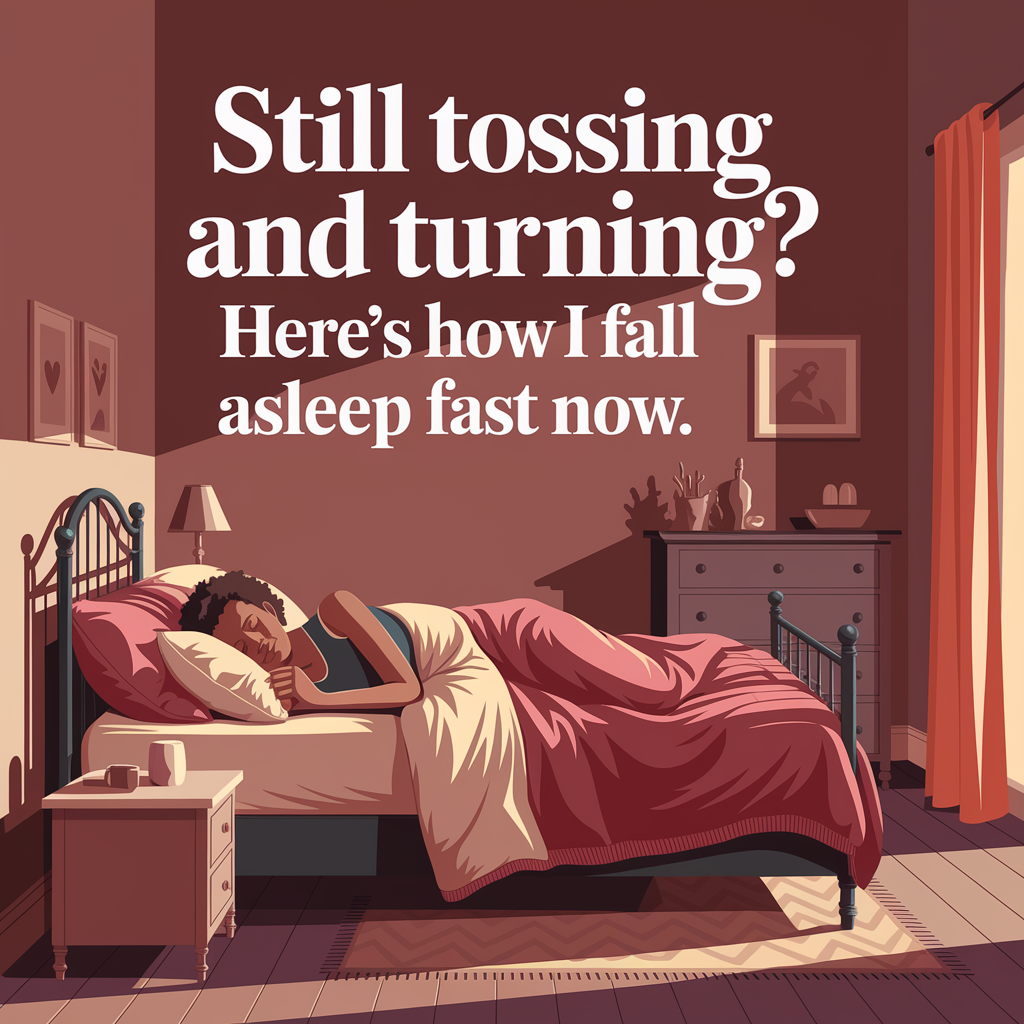
How I calmed my mind before bed without medication
At first, I thought I needed something stronger—melatonin, CBD, maybe even a prescription. But I didn’t want to rely on anything to fall asleep. I wanted to figure out how to manage sleep anxiety at night naturally, and actually feel in control of my nights again.
Here’s what worked for me:
1. Journaling every evening
I started brain-dumping my thoughts about an hour before bed. Nothing fancy—just a messy list of anything I was worried about or thinking through. Getting it out of my head helped quiet the mental noise.
2. Breathing exercises
I do 4-7-8 breathing most nights (inhale 4 seconds, hold for 7, exhale for 8). It calms my nervous system and stops my mind from racing.
3. Dimming lights and screens
I made my room feel like a sleep zone, not a second living room. That includes turning off screens early and using custom blackout curtains to block out every bit of light. It helps signal my brain that it’s time to rest.
4. Gentle movement or stretching
Sometimes I’d do 5 minutes of yoga or even just light stretching to get tension out of my body. It made a surprising difference.
These changes didn’t “cure” my anxiety overnight, but they gave me the tools to take control of it. The fewer things I let spiral in my mind, the quicker I found peace when my head hit the pillow.
If anxiety is keeping your thoughts stuck on repeat at night, I’d also recommend checking out my story about what finally stopped my racing brain—I walk through what worked when nothing else did.

Creating a sleep space that reduces nighttime anxiety
I didn’t realize how much my bedroom environment was triggering my sleep anxiety at night until I made some small changes—and suddenly started sleeping better. The space you sleep in isn’t just about comfort. It sends signals to your brain. If your room feels chaotic, too bright, or full of distractions, your brain never fully relaxes.
Here’s how I turned my bedroom into a place that actually helps calm nighttime anxiety:
1. Made it darker than ever before
I used to think blinds were enough, but they still let in streetlights and early sunrises. I switched to custom blackout curtains and immediately noticed the difference. That darkness helped my brain switch off instead of staying on high alert.
2. Dropped the temperature
Keeping the room around 65°F has been huge for me. A cool environment helps your body relax faster. If you’re curious how temperature affects sleep, I covered all the details in my sleep temperature article—it’s worth dialing in.
3. Cleared the clutter
Anxiety feeds off chaos. I made sure my room was neat, calming, and only filled with things that promote rest—no piles of laundry, no work-related stuff near the bed.
4. Used soft, calming colors and textures
I swapped harsh lighting for warm-toned lamps and added a few soft blankets and throw pillows to make the space feel safe and inviting.
When my bedroom started to feel like a place of peace instead of stress, my sleep anxiety started fading too. The way your space looks, feels, and sounds can either fuel your rest—or your worries.
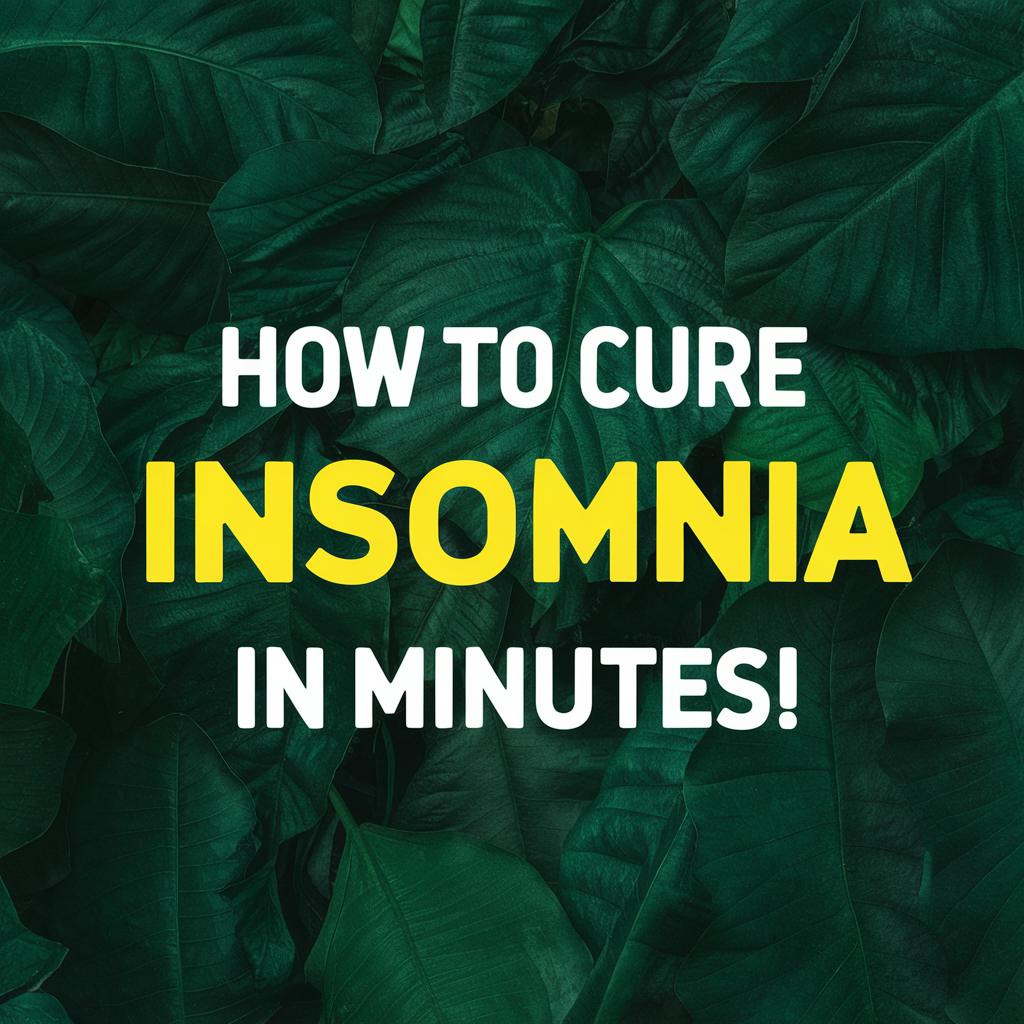
The bedtime routine that finally helped my sleep anxiety
Routine wasn’t always my thing. I liked the idea of flexibility and doing what “felt right.” But when you’re dealing with sleep anxiety at night, routine becomes your secret weapon. It helped retrain my brain to expect calm, not chaos, as bedtime approached.
Here’s the exact wind-down routine that made a difference for me:
1. One hour before bed: cut all screens
TV off. Phone face-down. I used to scroll until the last second, but it kept my brain stimulated way past bedtime.
2. 30 minutes before bed: light stretching and journaling
This combo helped me release physical tension and mentally clear the clutter. No overthinking when it’s already written down.
3. 15 minutes before bed: room check
I’d close my blackout curtains, turn the thermostat to 65°F, and set my fan on low. A quiet, cool, dark room = the ideal reset.
4. Right before bed: breathing or light reading
This helped slow everything down. Sometimes I’d read a few pages of something low-stakes, or just lay down and do deep breathing until I drifted off.
Following this rhythm every night trained my brain to expect sleep—not stress. And once the pattern kicked in, falling asleep started happening naturally, without all the anxious effort. If you’re stuck on where to start, this article walks through the other small habits I added that made a big impact.

How I stopped the mental spiral at bedtime
This was the toughest part of dealing with sleep anxiety at night—the endless spiral of thoughts that kicked in the second my head hit the pillow. I could be totally fine during the day, but at night? Suddenly I was thinking about everything I’d ever done wrong, everything that could go wrong tomorrow, and everything I hadn’t finished yet.
Here’s what finally helped me break that cycle:
1. Recognize the first spiral thought
I had to catch myself at the start. That one random “What if I don’t fall asleep?” would set everything off. Once I noticed it, I’d literally say to myself, “Nope, not tonight.” It sounds silly, but it interrupted the auto-pilot anxiety loop.
2. Use grounding techniques
One that worked well for me was the “5-4-3-2-1” method:
- 5 things I could see
- 4 I could touch
- 3 I could hear
- 2 I could smell
- 1 I could taste or focus on breathing
It pulls your mind back into the present and out of the fear spiral.
3. Breathing over thinking
The 4-7-8 breathing pattern became my go-to. It gave me something physical to focus on when my thoughts wouldn’t shut up. I explain how I use it nightly in this post about falling asleep fast—and trust me, it helps.
4. Keep a notepad by the bed
If my brain really wouldn’t let go of something, I’d write it down. A single sentence could stop a whole train of anxious thinking.
5. Sleep in a calm, distraction-free space
Between the cooler temp and the custom blackout curtains, my room finally became a place where my mind didn’t have to stay alert. That change in environment helped my brain stop associating bedtime with stress.
Anxiety spirals don’t stop just because you want them to—but when you train your mind with patterns, tools, and a better sleep space, it slowly stops defaulting to panic.
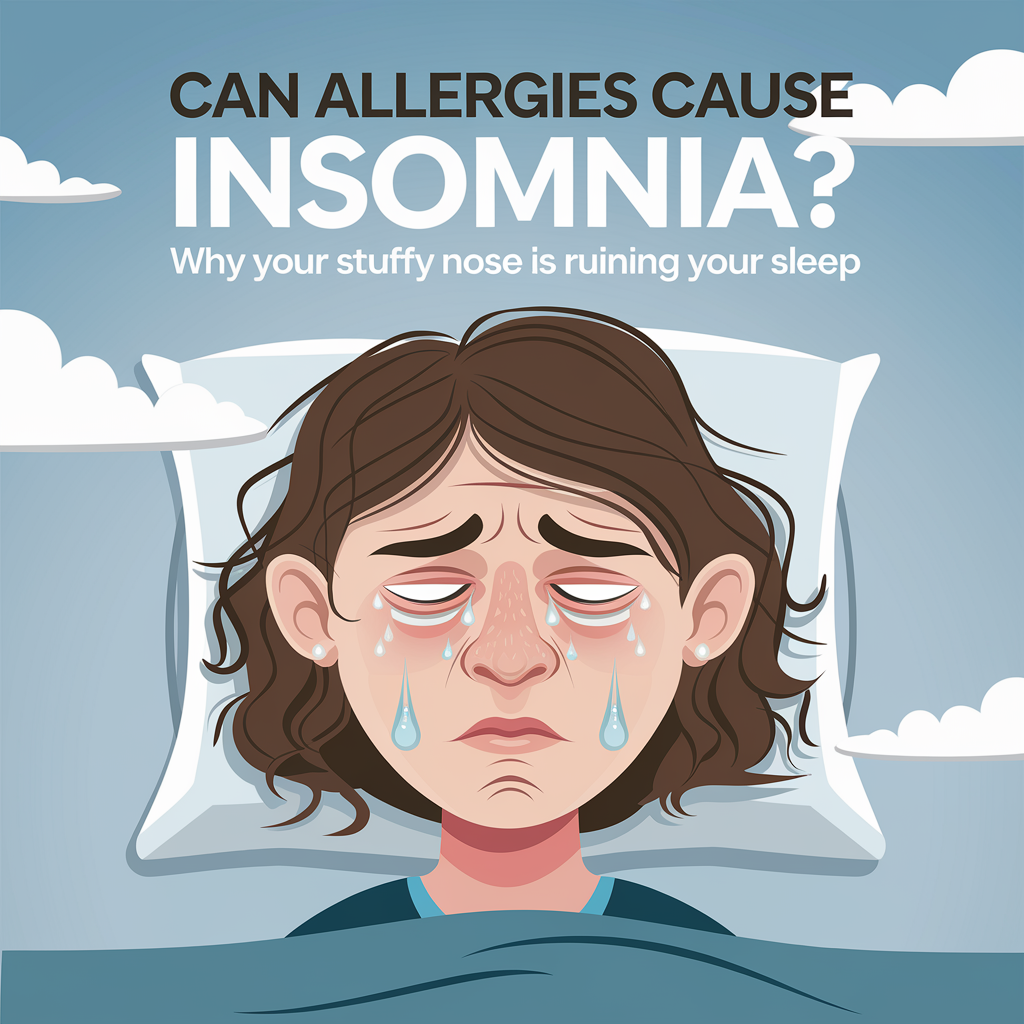
What to avoid if you have sleep anxiety at night
When I first started trying to fix my sleep, I focused on what I should do. But I didn’t realize how many of my everyday habits were quietly feeding my sleep anxiety at night. Once I cut those out, everything else got easier.
Here’s what I had to stop doing:
1. Doom scrolling before bed
Reading news headlines or Reddit threads while lying in bed? Huge mistake. I didn’t realize how much it was firing up my nervous system until I stopped.
2. Caffeine after 2 p.m.
Even if I didn’t “feel” wired, caffeine was sneaking into my evenings and keeping me too alert. Now I switch to herbal tea or water in the late afternoon.
3. Heavy meals or snacks too late
When I ate close to bedtime, especially sugary stuff, my heart rate stayed higher and I felt more restless. Cutting snacks 2 hours before bed made a noticeable difference.
4. Late-night problem solving
I used to think through big decisions or stressful situations right before bed. Now? I save that for earlier in the day and mentally “clock out” by 9 p.m.
5. Harsh lighting and background noise
I replaced bright lights with warm lamps and added blackout curtains to block outside noise and light. That one switch made the room feel like an actual sleep zone.
If you’re doing everything “right” but still feel wired at night, it might be these little things adding up. I broke more of these habits once I read this full guide to sleep hygiene that actually worked for me—it helped me spot the habits I didn’t even realize were hurting me.
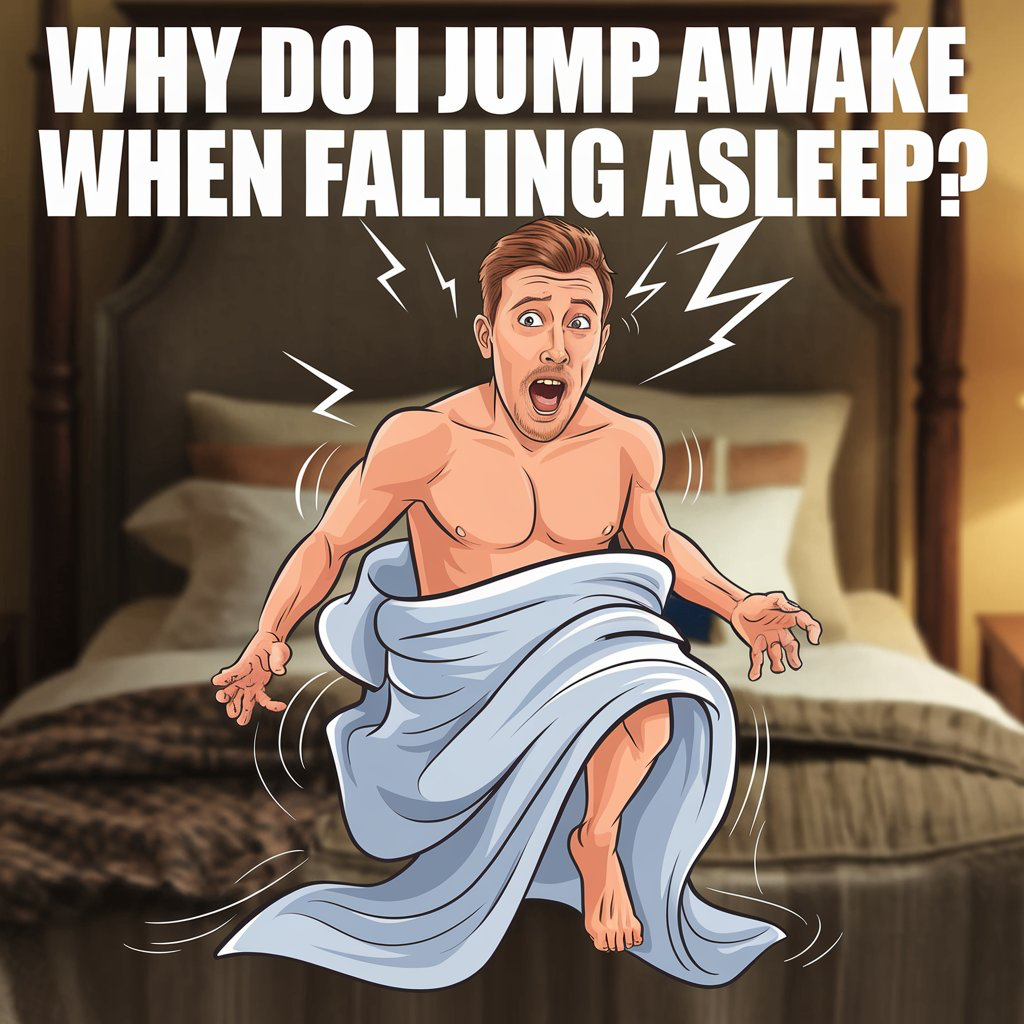
Natural ways to manage nighttime anxiety long-term
Getting through one night of sleep anxiety at night is hard enough—but I knew I needed more than a quick fix. I wanted long-term changes that could actually retrain my brain to stop seeing bedtime as a threat.
Here’s what helped me manage nighttime anxiety in a more sustainable way:
1. A consistent bedtime schedule
Even on weekends, I started going to bed and waking up at the same time. It sounds small, but it reset my circadian rhythm and made falling asleep feel automatic again.
2. Daily movement (not just at night)
I started going for walks during the day—even just 20 minutes outside. That movement helped burn off stress hormones and made it easier to wind down later.
3. Morning sunlight exposure
Getting sunlight in the first hour of the day (even through a window) helped anchor my internal clock. It made my energy more balanced during the day and my wind-down smoother at night.
4. Lowering stimulation overall
It wasn’t just nighttime that triggered anxiety—it was overstimulation all day long. I cut back on caffeine, kept my phone off during meals, and tried not to overpack my evenings.
5. Rebuilding a healthy sleep mindset
Instead of going to bed fearing the worst, I started focusing on winding down with purpose. I stopped looking at the clock and started creating a peaceful environment using custom blackout curtains, cool temps, and quiet.
If you want more tools that helped me on this journey, check out this guide to overcoming sleep issues. It’s where I pulled together everything that actually worked—not just the trendy advice, but the stuff that made real, lasting change.

You can overcome sleep anxiety at night
If you’re dealing with sleep anxiety at night, I know how frustrating and lonely it can feel. You’re exhausted but can’t sleep. You try everything, but nothing sticks. It feels like your mind is working against you every single night.
But the truth is—your brain wants to rest. It just needs the right environment, habits, and signals to get there again.

For me, it started with small things: journaling before bed, lowering the lights, breathing through the spiral. Then I created a room that supported sleep—not stress—by using blackout curtains and keeping the temperature just right.
With time and consistency, I broke the cycle—and you can too. If you’re still struggling, read how I finally stopped tossing and turning. That was the turning point for me, and it might be the one for you too.
You’re not broken. You’re just stuck in a loop that can absolutely be reset.
As an Amazon Associate we earn from qualifying purchases through some links in our articles.

